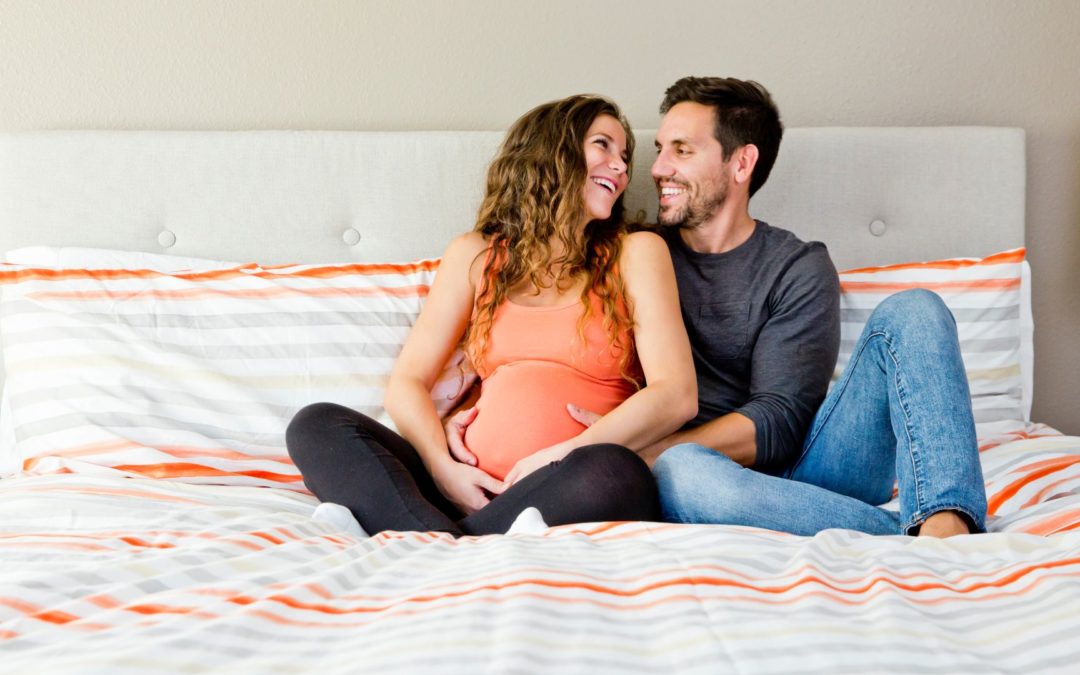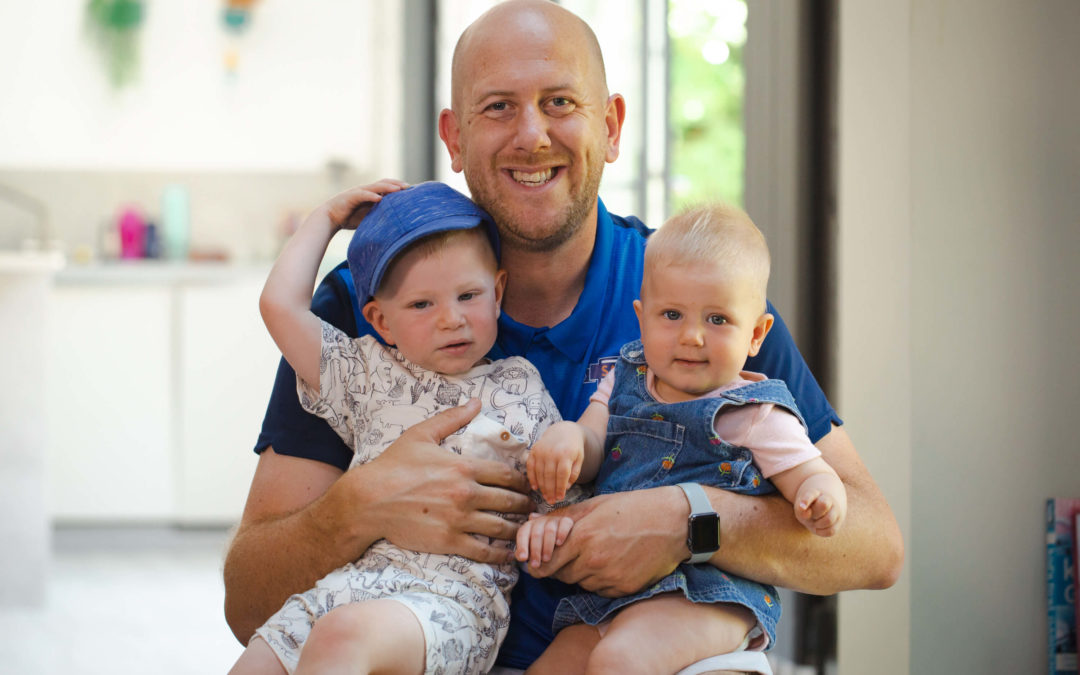People love to say that ‘there is no point having a birth plan’ but this simply isn’t true. Writing a birth plan is important not as a ‘wish list’ but to give you both the opportunity to research and understand all the different options and choices available.
From where you would prefer your baby to be born, to whether and for how long you would like delayed cord clamping after the birth – a birth plan isn’t just about pain relief or type of birth.
A birth partner’s role is to try and support, as far as is reasonably possible, the birth plan to be respected, but you can only fulfil this role if you have a plan to work from to start with!
It is a good idea to start researching and writing your plan at around 30-32 weeks of the pregnancy so you have plenty of time to look into your choices, and to research and discuss them.
What should a birth plan include?
Some of the key choices which it is helpful for your birth plan to cover include:
Choice one: Where to give birth?
Until the 20th Century, most babies in the UK were born at home. Nowadays, less than 3% of British women opt for home births, although studies show they are as safe as hospital births for low-risk pregnancies. However, babies themselves can also decide their own place of birth, such as the recent story of the baby who was born at Legoland!
At the start of the pregnancy, you will have been asked where you and your partner planned to give birth. If you change your mind about this at some point in the pregnancy, this is absolutely fine. The initial decision you make does not have to be one which you stick to, and experience and research through the pregnancy may mean you feel more comfortable somewhere else. If you and your partner feel like this, ask your midwife to change your place of care.
There are three main choices when it comes to planning a place of birth – home birth, birth centre or a hospital birth (either on a delivery suite or a midwife led unit). Depending on where you live, you may also have the choice of not just one but several hospitals.
Sometimes us dads can feel that the hospital is the safest place to have a baby, and we might have a strong preference for a hospital birth while our partner would like a home birth. It is helpful to find out what the research shows and what support is on hand at a home birth to help you make an informed decision either way which you both agree on.
Choice two: Should I be the birth partner?
Gone are the days of expectant fathers pacing the waiting room, listening for baby’s first cry. Today, about 93% of British fathers who live with their partners are at the births of their children.
Most dads describe being at the birth as the most profound experience of their lives, and most women report that the presence of their partner at the birth was a huge help.
Despite this, it is normal to question whether you will be a good birth partner, and to feel nervous about it. Being a birth partner is an awesome responsibility and it can feel intimidating, but being prepared is the key. Learning about what to expect and what to do makes a big difference, so it is well worth making sure you get to some good antenatal classes which can help build your confidence, understanding and skill set. Antenatal Classes: What to expect.
Ultimately, it is normal to feel nervous about the labour and birth, but it is about finding what is right for you as a couple. If you are unsure about whether you are the right person for the job, or who else could do it, read more here: Should I be at the birth?
Choice three: is there anything in particular we want to have/use at our birth?
While you might not be able to control everything which happens during labour or birth, a key element of your birth preferences is to think about the practical and tangible things that you CAN plan. For the midwives who will be at your birth, it is helpful for them to know what kind of birth you would like them to support you to have and what kind of techniques or environment you are planning which you want their support with.
If you and your partner have been learning a particular approach, such as breathing techniques or positions you want to use, mention that you would like support to use these on your birth plan. This helps the midwife to encourage you both with your techniques, as otherwise she won’t know you have these skills to hand!
Whether you want a dimmed room, music playing, people to speak quietly – these are all things you can control about the labour, and if you are proactive, also things you can take control of from the start. So when you are both writing your plan, spend less time worrying about things which you cannot control (such as needing an assisted delivery, etc.) and more time focused on the proactive things you know you can do, which in turn will aid the chances of you both having the birth you want.
Some things you write down may be preferences which are not guaranteed – like using a birth pool – but it is important they are on there too. Yes it can be disappointing if not every preference we wish for comes true, we can only even have the option of having something if we are first prepared to ask for it.
Choice four: how do we feel about induction of labour?
Induction of labour basically means kick-starting labour rather than letting it start of its own accord. This may be offered for a medical reason, when medical professionals believe it is safer for mum and baby to birth earlier. However it can also be often offered if labour has not started by itself by, or soon after, the due date.
Induction is a common intervention, and because it happens before labour begins, sometimes parents miss it off their birth plan. Statistics show that, depending on your hospital, up to 32% of labours are now induced. However, as it can massively impact on how the birth unfolds and some of the choices available, it is important to see it as part of your birth choices and to think in advance about how you feel about it. NICE Guidance acknowledges that there is an increased likelihood of requiring pain relief and an assisted delivery with induction. In first time parents, there is also some evidence which suggests a correlation between induction and higher rates of caesarean section.
Choosing whether or not to be induced is often not an easy decision because there will be risks to consider on both sides. It becomes about working out what risks you are prepared to take, understanding the measures you can use to minimise those risks and doing what you feel is right in YOUR circumstances.
For example, if you are being offered induction because your partner is now 41 weeks pregnant, then you should have the risks of induction explained to you, as well as the risks attached to prolonging a pregnancy past 42 weeks.
If offered induction, your choices include accepting medical induction, declining medical induction, requesting increased monitoring or trying natural means of induction.
Find out more Interventions in Pregnancy and Labour
Choice five: Pain relief?
Labour and birth feel very different for different women, and many things impact the sensations your partner might feel. The kind of preparation which you both do, the birth environment created and choices you make on the day all have a key impact. Not knowing how it will feel for your partner can make setting preferences about pain relief difficult, so having as many options as possible to try can be a useful approach.
If there are things which you definitely want or need to avoid in terms of pain relief, note these down. If you want to avoid using medicalised pain relief, think about attending antenatal classes which specifically give you skills and techniques for labour. Labour can be likened to running a marathon, and so like a marathon, preparation is really important! When putting your body through an intense, and possibly long, physical endurance event, preparing yourself in body and mind is crucial.
So key choices when it comes to pain relief include
- Natural techniques for minimising or preventing pain – attend specialist antenatal classes which help you learn skills and techniques, or look into using a birth pool.
- Medicalised pain relief – this includes everything from TENS machines which you can hire, to options which you will need to access through your midwife such as Entonox, Pethidine and Epidural.
Choice six: Lying, squatting, swimming?
100 years ago, birth moved from home to hospital and with it came the habit of women laying on their backs in beds to give birth. However, in the thousands of years before this, and today in countries where women don’t routinely give birth in hospitals, this is not the position used. Quite simply it doesn’t aid birth progress, and left alone, is not a position that any mammal would instinctively take up (when did you last see a dog lie on its spine to give birth?!)
While your partner may not know what position will be most comfortable to her until the time, it is helpful to consider the options and even try them out in advance so they feel comfortable! These include standing, kneeling, sitting on a birth ball, sitting on a birthing stool, sitting on the toilet (yes, really!), all fours, squatting and lying on their side.
There may be other equipment which your partner will have access to which you may also want to plan to use, such as a birthing pool, or even a rope for hanging and swaying from!
Helping at the birth: what can you do?
Choice seven:What about after the birth?
Your birth plan shouldn’t stop at the birth of your baby – the moment they have arrived, there are lots of choices to be made!
Third stage of labour. Do you want to birth the placenta naturally or with medical assistance? Both choices have different benefits and risks for you to consider, so research them!
Cord clamping. Up until fairly recently, it was standard to clamp a baby’s cord immediately after birth. Guidance has now shifted and it is widely acknowledged that there are benefits to delay clamping by even a couple of minutes, allowing baby to get more of their blood volume from the placenta (where some of it will still be even at the time of birth). Find out if delayed cord clamping is standard at your hospital, and if it is something which you want, just make sure it is on the birth plan. You can request for clamping to be delayed for a couple of minutes, or if having a natural third stage, not clamped until after the placenta has been birthed, or even have a lotus birth (where the baby remains attached to the placenta until the cord naturally separates after a few days) not clamping the cord at all!
Cutting the cord. Once the cord has been clamped, do you want to cut it? Some guys worry about this, but many dads enjoy doing this as part of their rite of passage to fatherhood! Only do it if you want to, and if you are not sure then keep the option open and see how you feel at the time. Neither Mum nor Baby can feel anything, so there is nothing to worry about there. You will be given some surgical scissors to use to cut the cord, and the midwife will guide you through it.
Skin-to-skin. When your baby is born, your immediate choice is where do you want them to go? Newborn babies bond through touch and smell, which is one of the reasons why midwives will encourage skin-to-skin contact, which simply means placing a newborn baby naked straight onto mum’s chest, immediately after birth. This immediate skin-to-skin contact also has massive benefits including helping to regulate Baby’s body temperature and heartbeat and increasing the likelihood of successful breastfeeding. If there is a reason why Mum can’t (or doesn’t want to) have skin-to-skin for some reason, then how about you? Dads can also bond with their baby in this way, and if you would like to, all you need to do is take off your top and cuddle your baby to keep them warm and calm, while they get to know you and start to take in the world around them.
Vitamin K. One of the first medical choices which your newborn will be offered is the Vitamin K injection to help their blood clot. Your midwife should give you information about this during the pregnancy so that you can make an informed decision in advance, so make sure that you both sit down and look over this literature. There are alternatives, such as having the vitamin k administered orally over several doses, rather than injected as one large dose. Again do your research and make a decision which feels right for your family.
How do we write a birth plan?
Once you have both researched and are happy with your preferences, write them out clearly, concisely and in a logical order. You do not have to use the birth plan section in your partners maternity notes if they don’t allow you the space to write what you need (tickboxes don’t really allow for you to say exactly what you want!) just type them up on a piece of paper and keep them with your notes.
Make sure you have a few copies to hand and show it to your midwife or midwives who support you during the birth.








